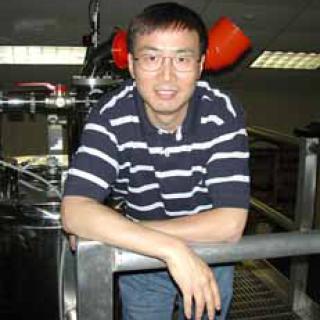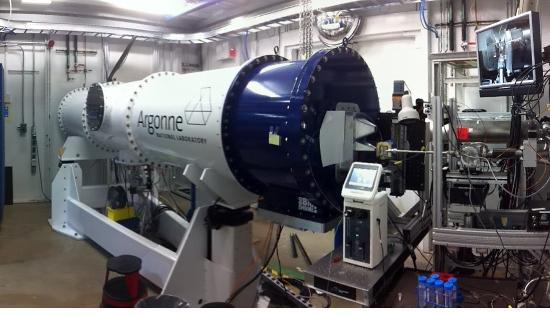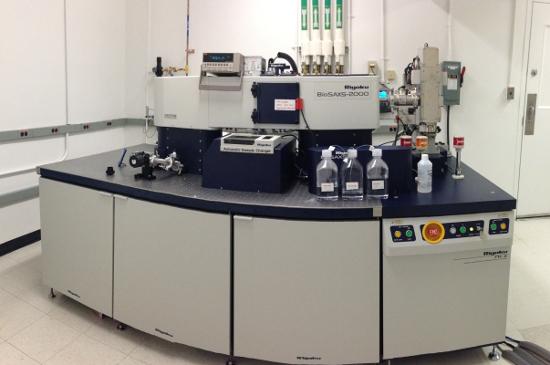Learn about our program and see our publications.
Small-Angle X-ray Scattering (SAXS) Facility
in the Center for Structural Biology
SAXS Facility
The Small-Angle X-ray Scattering (SAXS) Facility provides routine access to beamtime from the Advanced Photon Source at Argonne National Lab through a partnership agreement, an in-house state-of-art SAXS instrument (BioSAXS-2000) and expertise in experimental design, data collection, processing, analysis and interpretation to support investigator research. The SAXS Facility is open to all NIH intramural and extramural research communities and serving CCR researchers is our top priority.
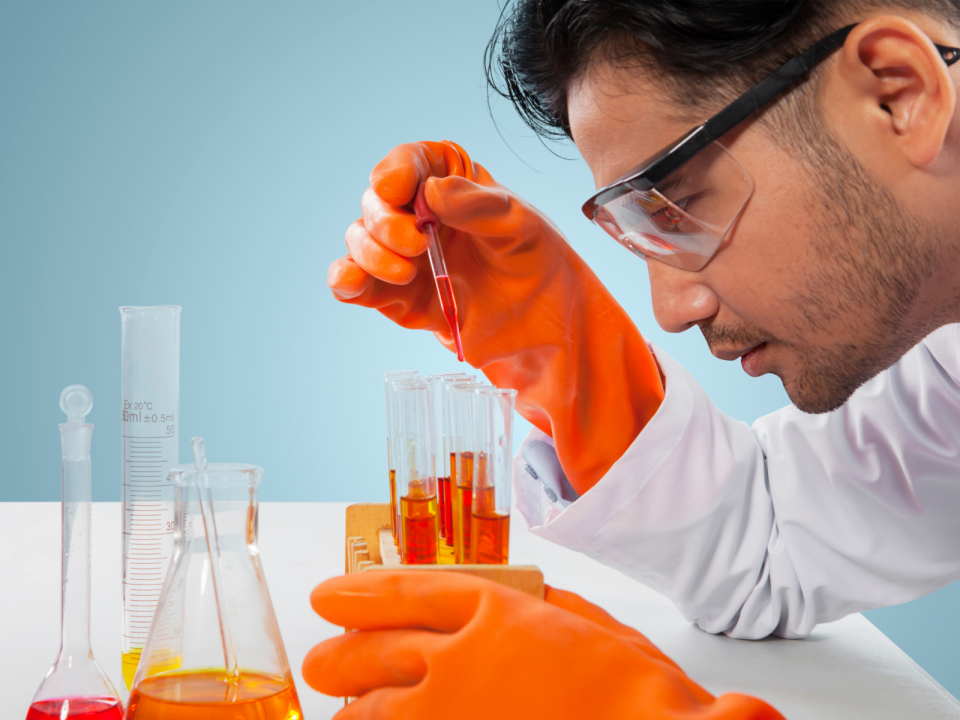
Team
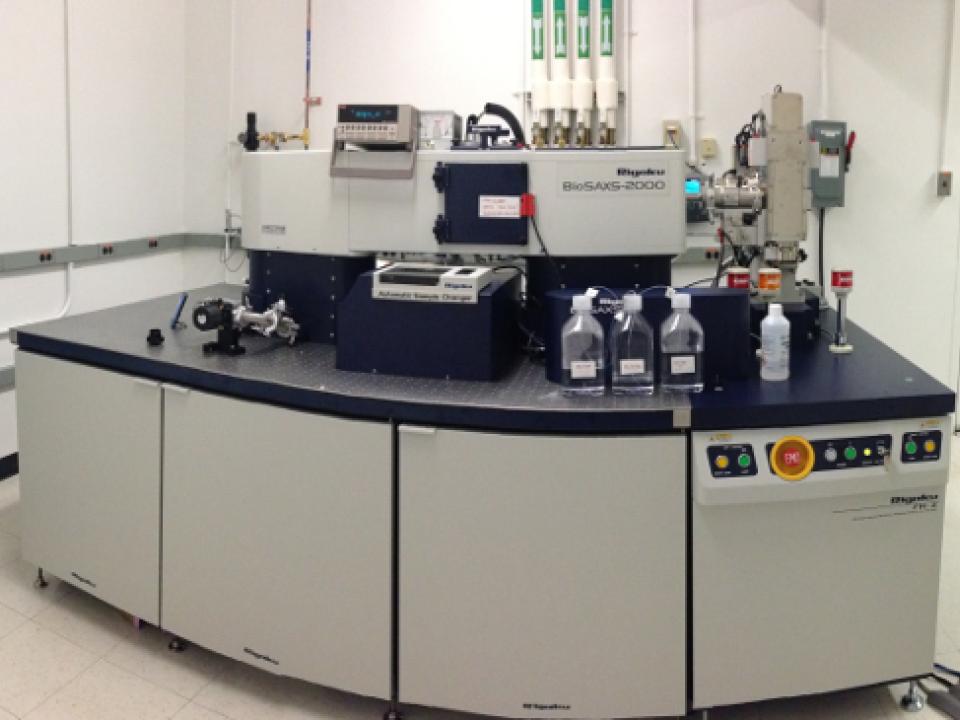
How to Work With Us
Information about using our facilities for new and current users.
Technologies
Scheduling an Instrument
To sign-up for the in-house SAXS instrument, read the Policy Statement and for use of the Bio-SAXS, send requests to: Lixin Fan.
For use of the X-ray diffractometer, send requests to: Jason Stagno.
Synchrotron SAXS/WAXS
The CCR SAXS Facility manages a contracted synchrotron resource under the partnership user program (PUP) between the NCI and the Argonne National Laboratory in Chicago, IL. CCR SAXS Facility has 9 shifts beamtime (eight hours per shift) per month and total 81 shifts beamtime of 12 ID-B beamline per year. CCR SAXS Facility stuff travels to APS 9 months per year for the measurements. January, May and September are time for beamline maintenance and no beamtime available for users.
The 12-ID-B beamline provide dedicated simultaneous SAXS/WAXS technique. A broad q range can be covered by using large area detector and varying sample to detector distance. At about 4m sample to detector distance, the q range is about 0.002 ~ 0.5 Å⁻¹ from SAXS detector and 0.7 ~ 2.6 Å⁻¹ from WAXS detector that is off centered. Energy for SAXS/WAXS experiment is typically 14keV. Temperature controlled flow cell is equipped for biological applications.
Beamline Specs
- Source: 2.7 Undulator
- Monochromator Type : Side bounce
- Energy Range: 7.9-14 keV
- Resolution (ΔE/E) : 1 x 10 -4
- Flux (photons/sec): 1 x 1012 @12 keV
- Beam Size (HxV) : Focused 300µm x 20µm; Unfocused: 1.5mm x 1mm
- Detectors: Pilatus 2M – SAXS; Pilatus 300K - WAXS
For additional information see: http://12id.xray.aps.anl.gov/
In-House SAXS Instrument – Rigaku BioSAXS 2000
Our BioSAXS-2000 is equipped with rotating anode X-ray generator FR-X (Cu target) that provides the highest usable X-ray flux available for the laboratory researcher. New OptiSAXS optic, a doubly focusing multilayer optic focuses beam at the detector plane that allows eliminating smearing issues common to traditional Kratky cameras. This optic also provides better than two fold improvement in flux compared to its predecessor resulting in higher flux at the sample position and shorter data collection times.
Main Features
- Automatic Sample Changer (ASC) with support for 96 samples. 70ul sample volume is required. The temperature control is available.
- Manual sample changer (2 capillary cells are available) allows measuring samples with 30ul volume. The temperature control is available.
- Simultaneous SAXS and WAXS measurements in a single image (Typical q range is 0.008 -0.65 Å⁻¹)
Other Specs
- Camera Length: 500 mm
- Beam size at Sample: Variable Width x 1.5 mm²
- Incident Beam: OptiSAXS CMF focusing optic
- Collimation: 2D Kratky block (motorized)
- Sample Stage: X, Y sample stage (motorized) with capacity for 3 sample capillaries (1 for auto sample changer, rest 2 are used as manually changed sample cell) , 1 standard powder position
- Beam Stop: Horizontal movement (motorized) with PIN diode detector
- Detector: Dectris PILATUS3 R 100K with reversed biased silicon diode array (active area: 83.8 mm X 33.5 mm)
